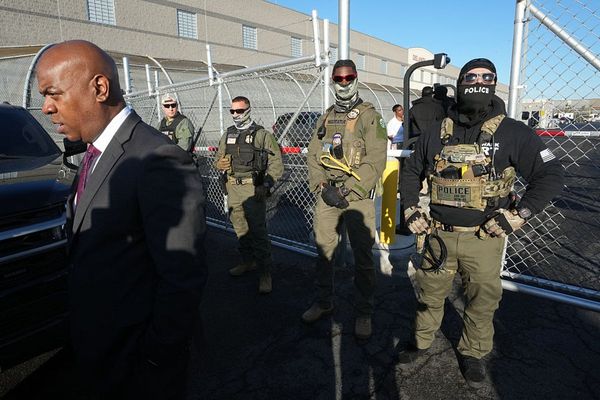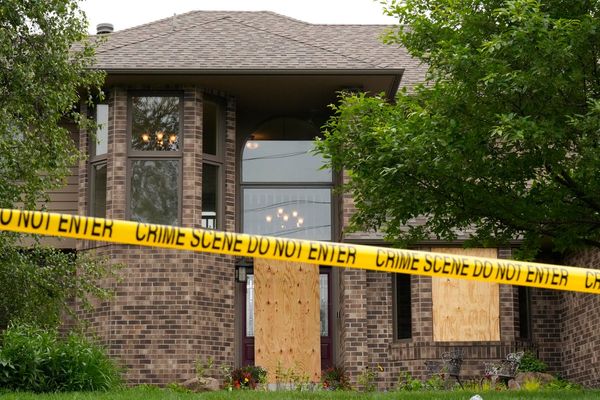
South Delhi underwent major changes in the first 30 years after Independence. Huge village lands were acquired and government and private developers carved out colonies to accommodate the rising population of the city. Agricultural land of a nondescript Humayunpur Village in far south of Safdarjung Tomb was taken over in the 60s. The land paved the way for Safdarjung Enclave.
In 1963-64, Delhi Development Authority (DDA) finished marking plots and began auctioning them off. By 1968, buyers started constructing their houses and by mid 1970s, the area became densely populated. The locality was named after Safdarjung, who was the ruler of the Indian state of Oudh from March 19, 1739 to October 5, 1754.
AK Jain, former commissioner (planning), DDA, said the name was chosen due to its proximity to the tomb of the ruler, Abul Mansur Mirza Muhammad Muqim Ali Khan and the Safdarjung Hospital. ‘Safdar Jung’ is a title conferred by the Mughal Emperor Muhammad Shah as he rendered assistance to the king. The hospital was founded in 1942 during the Second World War as a Base Hospital for the allied forces taken over by the government in 1954 under the Ministry of Health. It was called The American Hospital, which was later named after the Mughal period’s administrator.
Safdarjung area consists of two localities — Safdarjung Enclave and Safdarjung Development Area (SDA). While Safdarjung Enclave was created by a private developer, SDA was an exclusive project of Delhi Development Authority.
When the colony was carved out, several top government officials chose it to stay here. In its heyday, Safdarjung Enclave was known as an upscale colony. At present, it is overrun by commercialisation and marred by poor sanitation and shortage of parking space.
“The development of this colony was under the project Safdarjung Development Area (SDA), which covers a large area from Outer Ring Road to Inner Ring Road. Initially, SDA was the main part of South Delhi extension plan,” said Jain. It was a mega project, which developed on modern lines with wider roads and back lanes. The area was handed over to civic body later, Jain added.
The colony is divided into 12 blocks spread over several acres of land. Safdarjung Enclave touches AIIMS Trauma Centre on the eastern side, Bhikaji Kama Place in the west. On its north is the Ring Rroad and its southern boundary has District Park, Hauz Khas.
Surrounding colonies like Arjun Nagar, Krishna Nagar, which were regularised in 1980, also fall under Safdarjung Enclave. Safdarjung Enclave was built after Partition but did not include land grants for refugees from Pakistan. Humayunpur still existed next to Safdarjung Enclave which is now an urbanised village.
At the time of auction, the rate of a square yard was Rs 75. The same costs Rs 4 lakh approximately at present. Residents said that the rise in property rates took place because of its proximity with prime institutes like AIIMS, Indian Institutes of Technology, and Central government offices. Builder culture boomed after 2001. Plotted independent houses were converted into multi-storey buildings.
Over the last 15 years, the colony has struggled with civic issues and residents moved to NCR areas for better living conditions. “The colony didn’t grow. Instead, it witnessed a decline. The problems have been growing and the authorities are negligent,” said Dr Mahesh Sinha, a resident.

Despite being considered a plush area, there are various problems like dilapidated lanes, overflowing of sewage, commercialisation and increasing traffic volume. The roads are riddled with potholes and the sewage system is crumbling.
“It’s bizarre to see authorities allowing people to establish business within residential areas. Top car manufacturers have their exclusive showrooms here. The situation is such that people are shifting to other places,” said Pankaj Aggarwal, another resident.
Sewage infrastructure laid during the development of the colony has not been changed since. The sewage lines burst often and the authorities have not taken any remedial measures. The residents fear spread of diseases due to overflowing sewage in the lanes.
Even parks in the blocks have not been maintained properly, restricting children’s play areas. These parks have been overrun by weeds and dead leaves. Sometimes, residents themselves intervene to ensure cleanliness in these parks.
The area around Deer Park has remained dug up for the last one year. “The market has all types of stores. But there are no dustbins anywhere, drains are choked and the pavements poorly maintained. These are the basic problems being ignored by the civic agency,” said ID Sharma, a resident of Arjun Nagar.
There are markets in other blocks also, that cater to the daily needs of the colony residents. The Deer Park and the District Park are the most beautiful places of attraction near Safdarjung Enclave. The colony has its own club, Safdarjung Club, which offers many facilities like a restaurant, gym and swimming pool.







